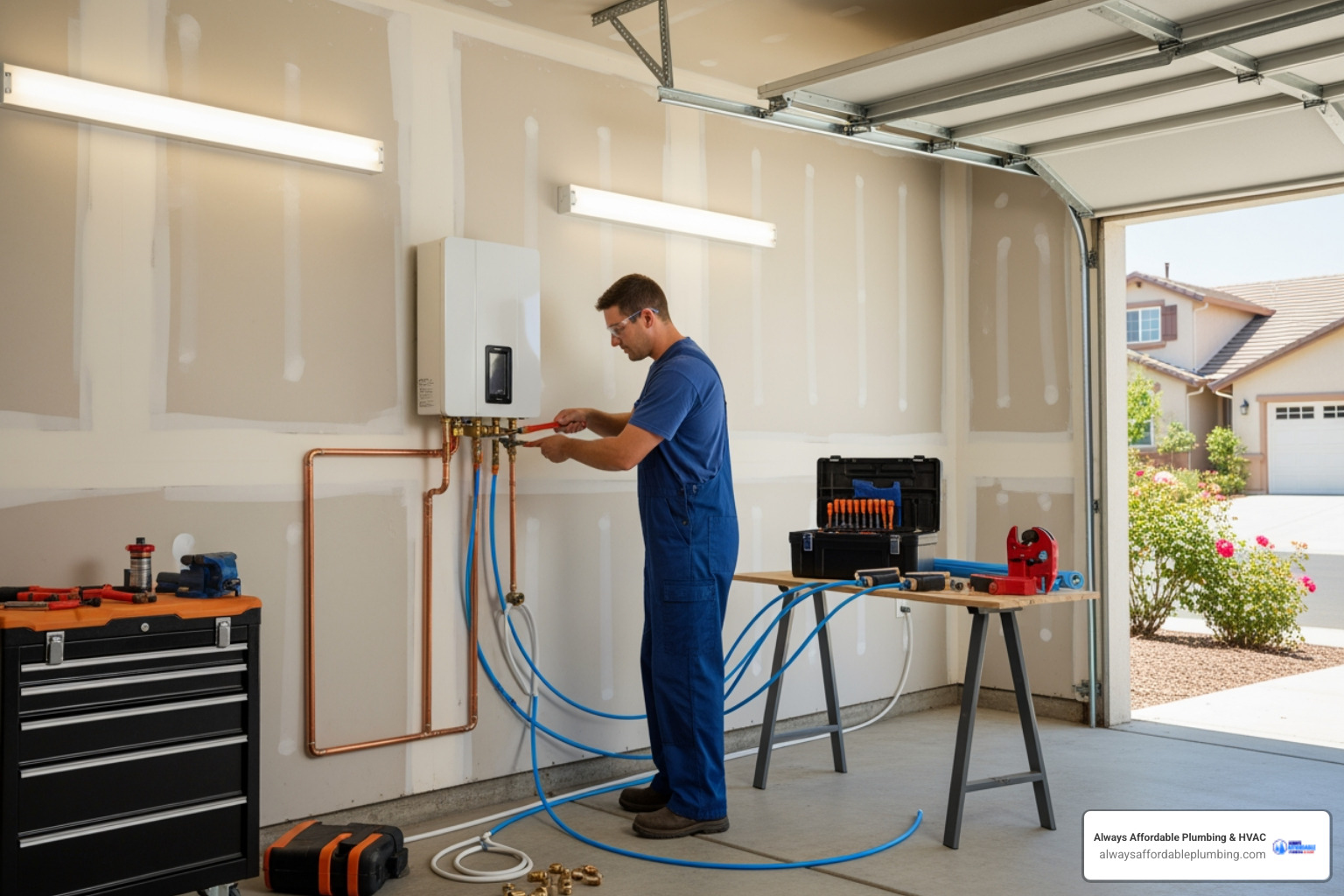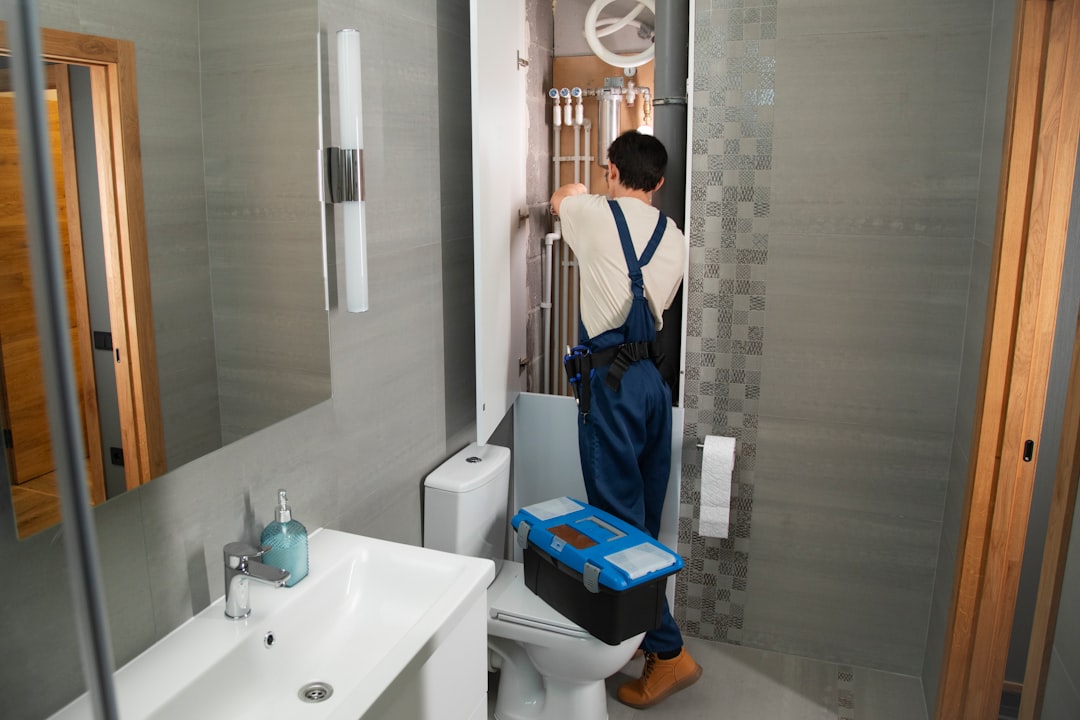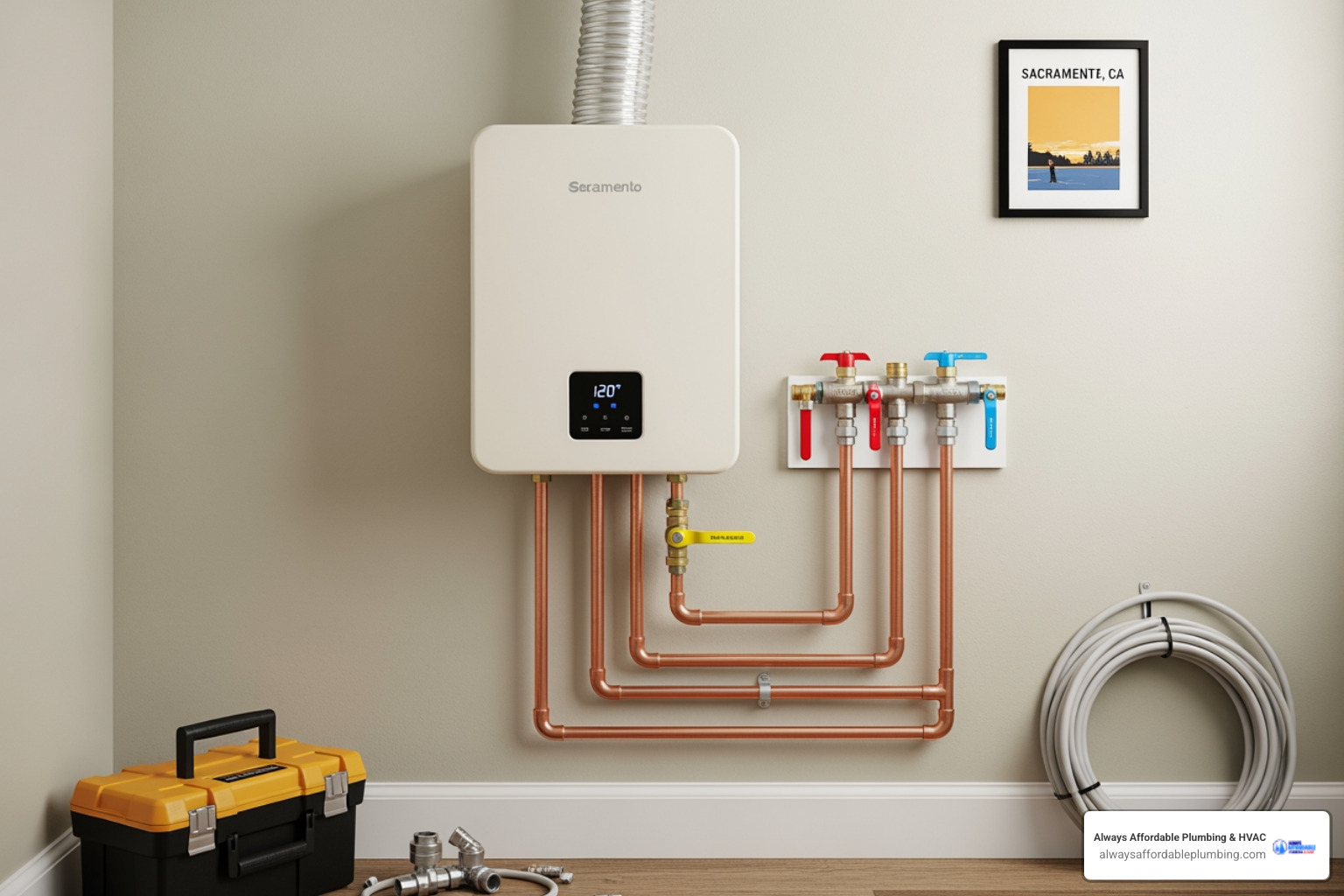
As modern life has advanced and we’ve become dependent on indoor climate control, it’s impossible to ignore the “elephant in the room.” In no uncertain terms, the systems we use to heat and cool our homes have a significant environmental impact. Heating and air conditioning make up a large percentage of household energy use for most families, meaning that large amounts of our planet’s resources are being used to power our HVAC systems.
In order to protect the planet and promote energy efficiency, the US Department of Energy is implementing several new 2023 HVAC regulations starting on January 1, 2023. Here’s what you need to know about these regulations and how they will impact homeowners!
SEER Rating Changes
Your heating or cooling unit’s Seasonal Energy Efficiency Ratio (SEER) measures how much cooling output it produces compared to the amount of electricity it uses. Higher numbers reflect higher efficiency, so you should always aim for the highest SEER rating possible when replacing existing HVAC units or installing new ones.
Beginning January 1, 2023, two big changes regarding SEER ratings will be implemented. Previously, air conditioners had to feature a minimum rating of at least 13 SEER in northern states and at least 14 SEER in southern ones. These minimum required ratings will increase to 14 SEER in northern regions and 15 SEER in the south and southwest in 2023. This means that if you’re looking for a new HVAC unit after this date, you’ll want to make sure it has at least these minimum efficiency standards.
It is important to understand that SEER ratings are not the only way to measure energy efficiency. Some HVAC equipment is measured using other scales. For instance, heat pumps use a system called Heating Seasonal Performance Factor (HSPF). Just like with SEER ratings, higher HSPF numbers indicate more efficient system performance. Since the HSPF scale ranges from 8 to 13, search for a rating as close to 13 as possible if you’re looking for an efficient heat pump.
The Switch to SEER 2
In addition to the SEER changes mentioned above, the HVAC industry will also be switching over to a SEER 2 model. Like SEER, SEER 2 measures the total amount of heat removed from a single space against the energy used in the process. However, to acquire SEER 2 ratings, equipment testing conditions are altered to better represent real-life scenarios rather than hypothetical ones.
After January 1, 2023, companies will be required to display SEER 2 ratings on all new HVAC equipment, including everything from central air conditioners to heat pumps. This won’t affect what consumers need to do during their daily lives; however, if you’re shopping for a new unit, the SEER 2 rating system can give a more accurate indication of your average HVAC energy consumption. This will help you select the most efficient equipment possible for your household’s needs.
Refrigerant Regulations
The HVAC industry is shifting away from using R-22 (Freon)-based refrigerants, which are harmful to the ozone layer, toxic to ingest, and difficult to dispose of safely. Instead, new HVAC systems utilize R-410 (Puron)-based refrigerants, which are less harmful to both people and the planet.
There is speculation that by 2025, the Environmental Protection Agency may require another change: a switch to A2L refrigerants. This type of refrigerant has a lower global warming potential (GWP) than others, but it can be a challenge to store and transport since it is mildly flammable. In response, many manufacturers are already introducing a range of technological solutions to safely handle A2L, as well as incorporating automatic shutoff capabilities to prevent leaks.
What You Should Do
Now that you know more about the new HVAC regulations, what should you do? It’s a great question with a simple answer. If your current HVAC systems are still in good condition and meet your heating and cooling requirements, you don’t need to purchase new ones at this time. Regular maintenance appointments should help you keep your system running at peak efficiency for as long as possible.
However, there are many good reasons to switch if you have been considering an upgrade anyway. First and foremost, a more efficient system will lower your energy bills and reduce your household’s carbon footprint. In addition, as time goes by, it will become harder to find parts to repair old systems because HVAC dealers typically only stock components that comply with current regulations. When your system reaches the end of its usable lifespan, or the cost of repeated repair surpasses the cost of a replacement, it’s time to start thinking about investing in new equipment that complies with these updated standards.
Contact Our Crew Today
If you are in need of HVAC system service or replacement or have a broken water heater, contact Always Affordable Plumbing & HVAC today. We’re always ready to help with all things plumbing and HVAC at a price you can truly afford!
Other Blogs
Customer Testimonials
See what our satisfied customers have to say about their experience with Always Affordable
Plumbing & HVAC.
Latest Blog Posts


Who can I call in Sacramento for the best way to clean drain pipes professionally?






